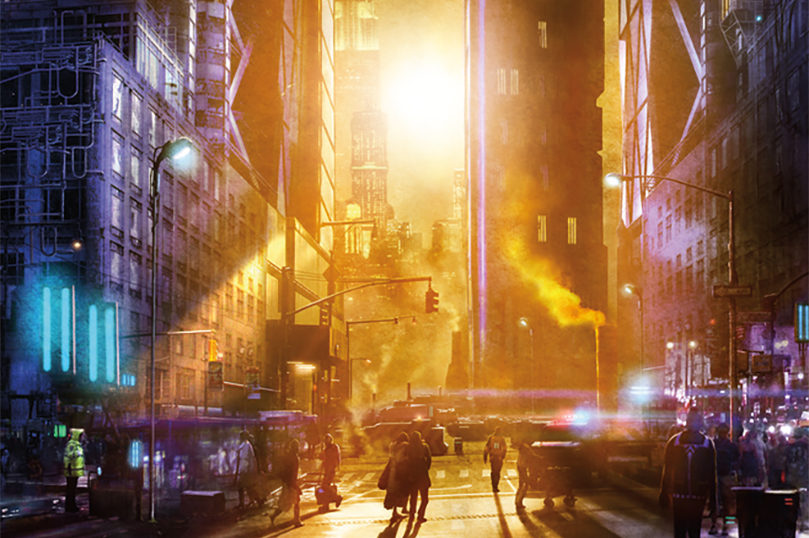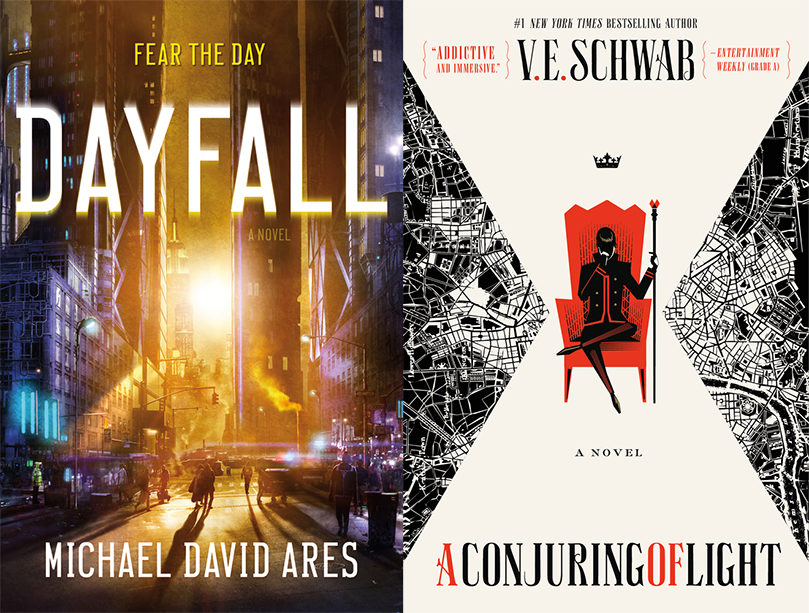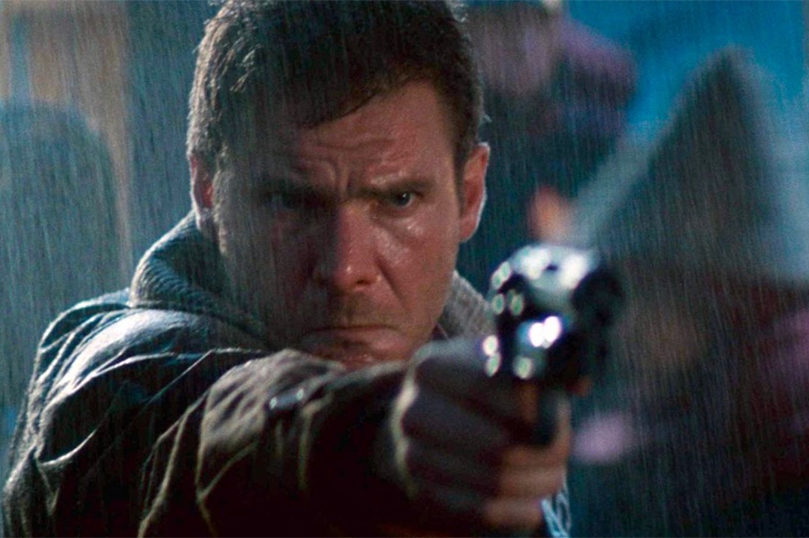
Night and Day: Lessons Learned from Isaac Asimov
Michael David Ares discusses why you should read “Nightfall” by Isaac Asimov, and not just because it’s one of the greatest science fiction stories of all time.

Michael David Ares discusses why you should read “Nightfall” by Isaac Asimov, and not just because it’s one of the greatest science fiction stories of all time.

New from Michael David Ares, V.E. Schwab, and others.

Solving crime in a science-fiction universe is a heck of a headache, as any one of these eight unlucky protagonists could tell you.

A city lies shrouded in near permanent darkness – but it’s when the light comes that a serial killer stalks the streets. Dayfall will be available on March 13th. Please enjoy this excerpt.